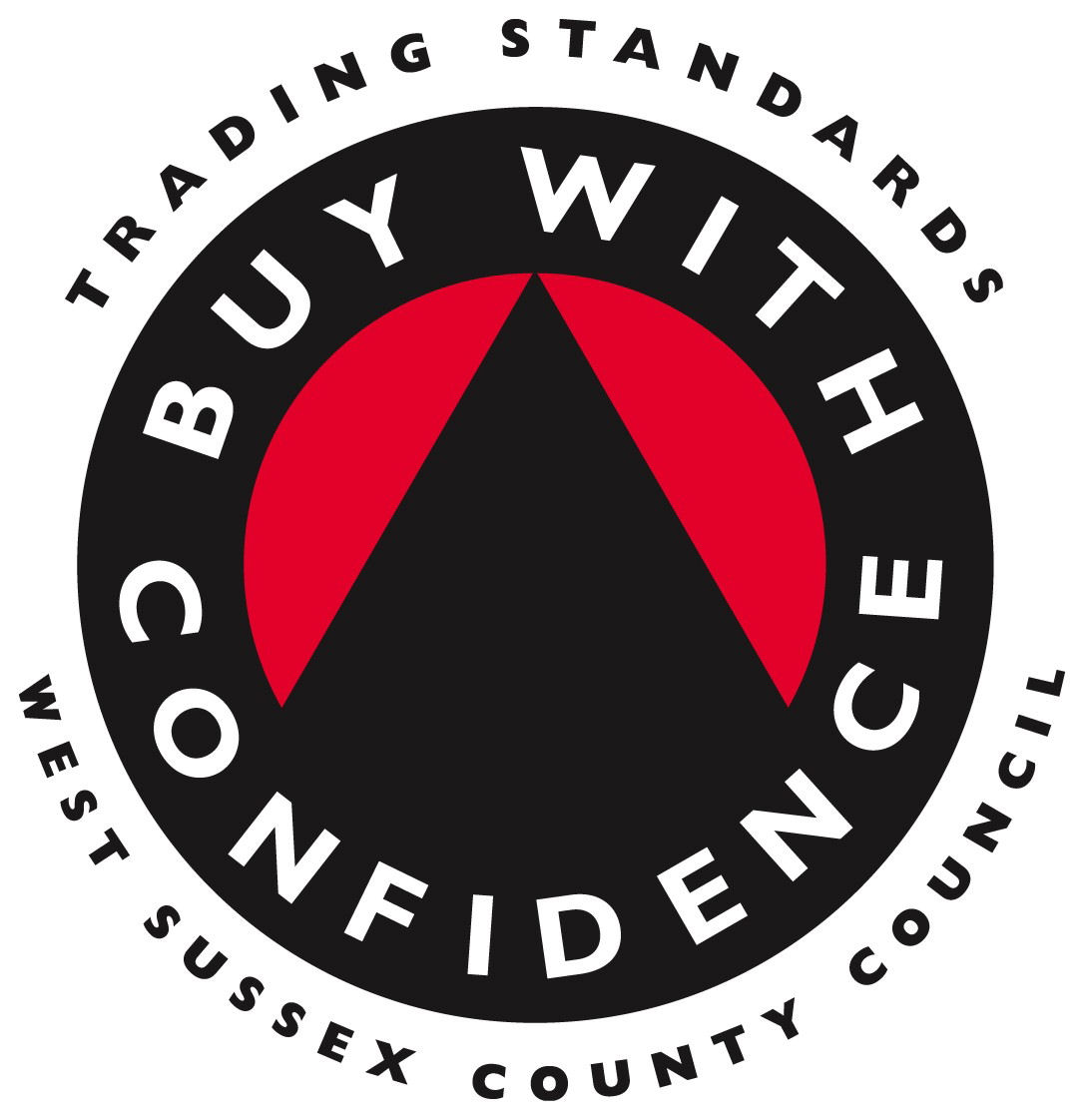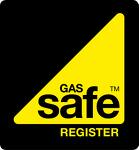|
|
|
01243 841464
|
Pressure and Stored Hot WaterWhat is an unvented cylinder? Unvented hot water cylinders store water supplied directly from the mains water supply, and heat it using either electrical heating elements or with heat from a boiler. This provides high pressure hot water supplies capable of feeding outlets with high flow rates of hot water. The cylinders store water under relatively high pressures, typically in the region of 2 to 3 bar (20 to 30 metres head), and as such can supply water to outlets at high level, such as in a loft space, and at similar pressures to the mains cold water supply. The increased pressures also make for better quality showers, without the need for pumps. With both hot and cold water services fed from the mains, there is no more need for a cold water storage tank, keeping loft spaces clear, and pipe work to a minimum. Mains Water Supply: Unvented cylinders are limited by the 'power' of the mains water supply that feeds them, and in order to function properly require both adequate mains pressure and flow rate. Supply pressure should typically be in the region of 2 bar , preferable more, and capable of supplying the required flow rates. A Pressure Reducing Valve is required on all unvented cylinders to limit the pressure of the incoming mains water to a safe level at which the cylinder is approved to operate. The difference between pressure and flow is important to understand - a mains water pressure of 5 bar is no good if it is supplied through 100 metres of 15mm supply pipe work.Mains supply pipe sizes and flow rates, as well as pressures, must be checked. Is your Mains Suitable? First off, it is important to know than any mains fed system (i.e. without stored cold water) is limited by the amount of water that the pipe work into the property can provide. The higher the mains water pressure the more water will be available, however the size and length of pipe work is also important. This is because when water flows, pressure is lost in the pipes and fittings. Even with a high mains water pressure, a long length of small bore supply pipe work can 'use up' the available pressure, resulting in poor flow rates. In existing properties, the water supply can often be gauged best by opening up cold taps that are connected to the mains. These will usually include an outside tap or kitchen tap. As you open up more than one tap, the ability of each tap to keep flowing is an indication of the water available. Your local water supplier should be able to assist in testing pressures and flow rates properly. It may be a good idea to check pipe work within the property, as you may find that the supply into the property is in fact excellent, however is fitted with a small bore isolating valve, or a run of smaller bore pipe, either of which would greatly limit the water getting through to taps. If the mains supply pipe work is unable to provide the peak water requirements then there are only a few options:
In a few installations, the desired peak water demand is higher than the local water authorities can provide. On these occasions, cold water storage is the only option, and pumps have to be used to boost pressures and flow rates to taps. That said, most properties have more than adequate water supplies, and mains fed hot water system become an option. Low Cost Options Do not overlook the cheapest options - it is not always necessary to upgrade the entire hot water system to improve a shower. The simplest way to boost water pressure is with a pump. These fall into three categories:
Pump Sets A pump set is made up of TWO booster pumps, a cold water tank, an accumulator vessel, and controls.They are used where the mains water supply cannot be made large enough to feed multiple outlets at once, but the client still demands to do so. Two pumps are used to provide duty / assist operation, with both pumps only running together at maximum load. The use of two pumps also allows water to still be provided should one pump fail - this is very important. The cold water tank must be sized to provide both hot and cold supplies at maximum use, although a large ball-valve in the cold tank is used to maximise the input from the mains. The accumulator is basically a pressure vessel that stores a certain volume of high pressure water, and prevents the pumps from having to run when someone is only brushing there teeth. The larger the accumulator, the more water can be drawn without the pumps operating, and also helps reduce wear on the pumps, although 60 litres is a typical size. The controls provide the duty / assist operation using pressure switches, but will also alternate which pump comes on first to even out wear, and provide pump over-ride and protection. Pump sets generate as much water, and pressure as you can specify.They are very effective when used in conjunction with Heat Bank thermal stores to provide hot water, as this will preserve the higher pressures and flow of hot water to outlets. Combination Boilers You may be considering a combination boiler, where there is no need for a hot water cylinder at all. Before going down this route, be aware that combination boilers can only supply one tap at a time, and as such are simply not an option on installations where showering is not to be affected by the opening of a second outlet. There is a very good reason for using a hot water cylinder of any type - domestic sized boilers, or electric heaters, cannot generate heat quickly enough to feed multiple outlets. To achieve this, the boiler's heat output has to be stored, in a hot water store, to be used up quickly when required. One other point to be aware of with regard to combination boilers is that should one break down, the property will be without both hot water and heating until the boiler can be fixed. When a hot water store is used, there is always the facility for electric backup, allowing hot water to be obtained (be it in reduced amounts) while waiting for the boiler to be fixed. That said, in one bedroom flats, with only one or two occupants and space is at a premium, then combination boilers are usually the best choice. |
|

|




